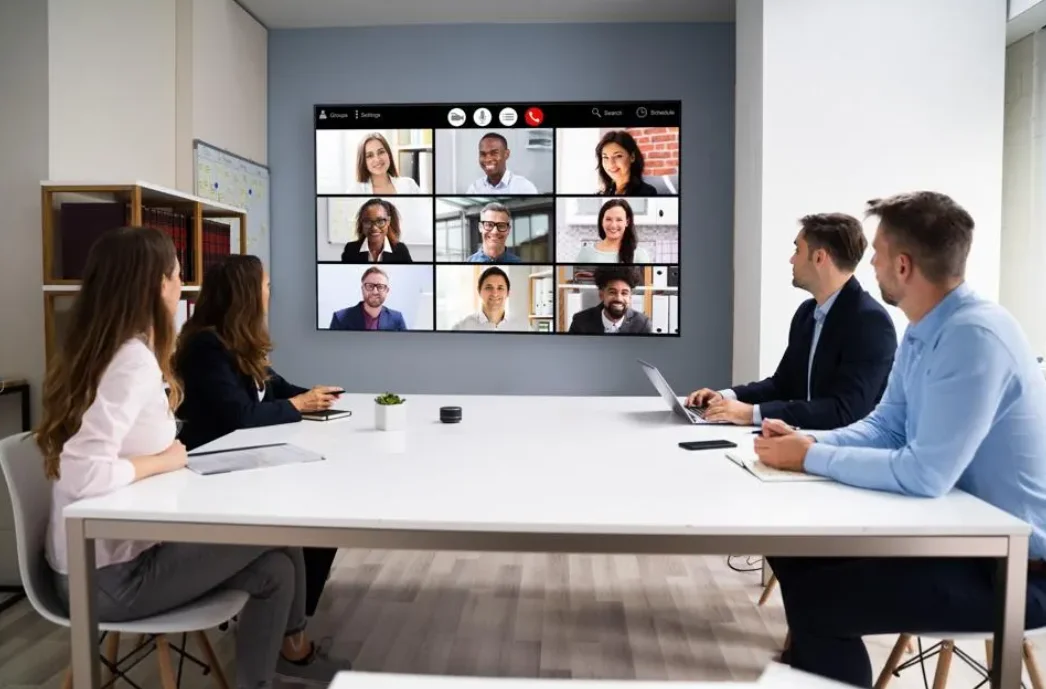Employee performance reviews are a sore spot for many employers and employees. The objective of reviews should be to offer feedback, have honest conversations about performance, and prepare your people to improve. But that’s not what’s happening in most businesses. The proof is in the data.
According to Gallup, only 14% of employees strongly agree that performance reviews inspire them to improve. Further, one-third of the time, they actually result in worse performance. Those data points are pretty startling, which means your reviews may be causing lower employee engagement.
So, what should you do? Eliminate reviews? Probably not, as they can be helpful and encouraging when you have the right strategy. Let’s break down some of the do’s and don’ts of employee performance reviews.

The Don’ts of Employee Reviews & How to Correct Them
Employee reviews should be an opportunity to connect with employees, offer them constructive feedback, and help them take an active role in developing their skills. For it to be meaningful, here’s what not to do.
Make the Review a One-Way Conversation
Your employee will most definitely feel as though they are on trial if leaders go into reviews as judge and jury. If the review is based solely on the supervisor’s perception, then a lot is missing from the conversation.
If this is your current model, then you need to make the conversation broader. 360-degree reviews add in peer comments to get a clearer picture of how people work together. Further, employees should include a self-appraisal, focusing on their strengths and weaknesses. They should have the opportunity to give their manager feedback as well.
Consider Individual Performance the Only Metric
In most employee reviews, the focus is on how the individual performed, but that’s not a realistic approach. No employee is an island to herself, nor is one person responsible for success for failure.
Teamwork is what leads to accomplishing big tasks, launching new products and taking care of your customers. Instead of looking at reviews individualistically, think of the greater group and what it has achieved through collaboration and cooperation.
Fail to Prepare Your Employees
Communication around any type of employee review is imperative. You need to be honest and transparent with employees about when reviews are happening, why they are happening, and what to expect. Blindsiding employees with no notice of their review day makes them feel less valued and more apprehensive. Give them ample time to prepare so that they can be part of the conversation.
Assess Traits Rather than Behaviors and Results
So many employee reviews fail to hit the mark because they are trying to evaluate the traits of workers, such as leadership, motivation and attitude. It’s not that it’s wrong to assess your team members based on these traits, but data should also come from different types of assessments that measure and benchmark a team’s capabilities over time.
In employee reviews, you have to remove the subjectivity of traits and focus on each employee’s behavior and results. Are they behaving effectively and efficiently when it comes to their role? And what results are they responsible for?
The Do’s of Employee Reviews
Correcting some of the don’ts is only part of building a better employee performance review model. If you’re going to review employees, it’s not something you should do once a year and then forget about. It involves a shift in culture of consistently offering feedback and developing your team.
So get out of the mindset of the standard employee review. Revolutionize what it means to cultivate your team. Here are some ways to do this by focusing on team dynamics.
- Encourage feedback among colleagues: Peers work side-by-side and often have a better understanding of challenges and strengths than their leaders do. This feedback can be shared in team-building exercises to help everyone grow.
- Examine your culture: Does your organizational culture support employee development? Does it provide a safe and inclusive space for employees to give and receive feedback? Take an unbiased view of your culture to understand if it’s helping or hurting.
- Build strong relationships: Trust and bonds don’t develop overnight. It takes a commitment to engaging your team and ensuring that its members are communicating and collaborating. Find creative ways to build these bonds, including among remote team members, and the payoff will be more invested employees.
Employee Performance Review Examples That Work
If you want to inspire and energize employees during reviews, then you’ll need to create the process carefully. Here are some employee review examples that may help:
- Construct reviews based on key points (remember behavior and results vs. traits).
- Look at all aspects of performance, which includes how an employee interacts with and collaborates with their team.
- Use the right language: Avoid using general terms in characterizing the employee’s performance; instead, use more specific phrases, so there’s no ambiguity.
- Combine reviews with goal setting: Employees tend to work harder when they know what the goals are. Goals should not be one-sided; they should be the result of a two-way conversation about how to achieve things that matter to the company and your employee.
A New Frontier in Employee Reviews
Since you now know that most performance reviews offer more harm than good, it’s time to reevaluate your strategy and define what matters in developing your workers. Why keep running with a system that doesn’t work? Build better teams and boost employee engagement by completely rethinking reviews with these tips.


